Woo-hoo! A presidential site we were both excited about -– Roosevelt’s Little White House located in Warm Springs (formerly Bullochville), Georgia.
During the pandemic I read Polio: An American Story#AD by David M. Oshinsky. It tells the story of how Polio affected our country, Franklin D. Roosevelt’s life-altering experience with it, the race to develop a vaccine, the roll-out of the vaccine across the country, and the near-eradication of the disease today.
It was an interesting read, and I was looking forward to visiting a place that was such a huge part of the story.
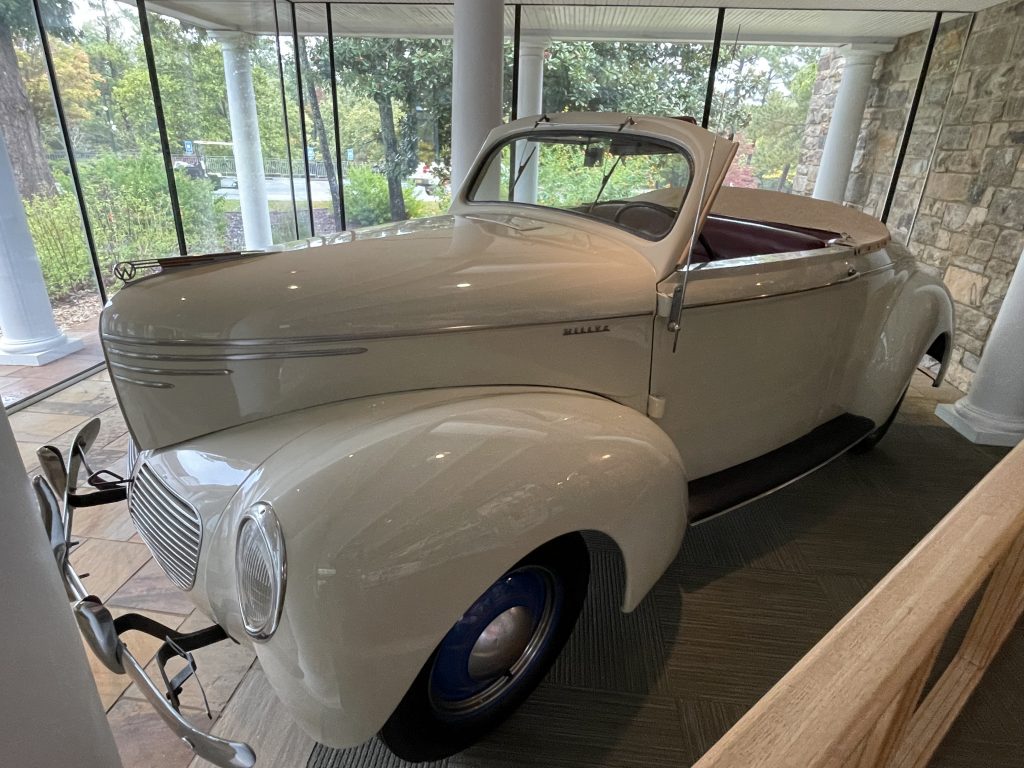
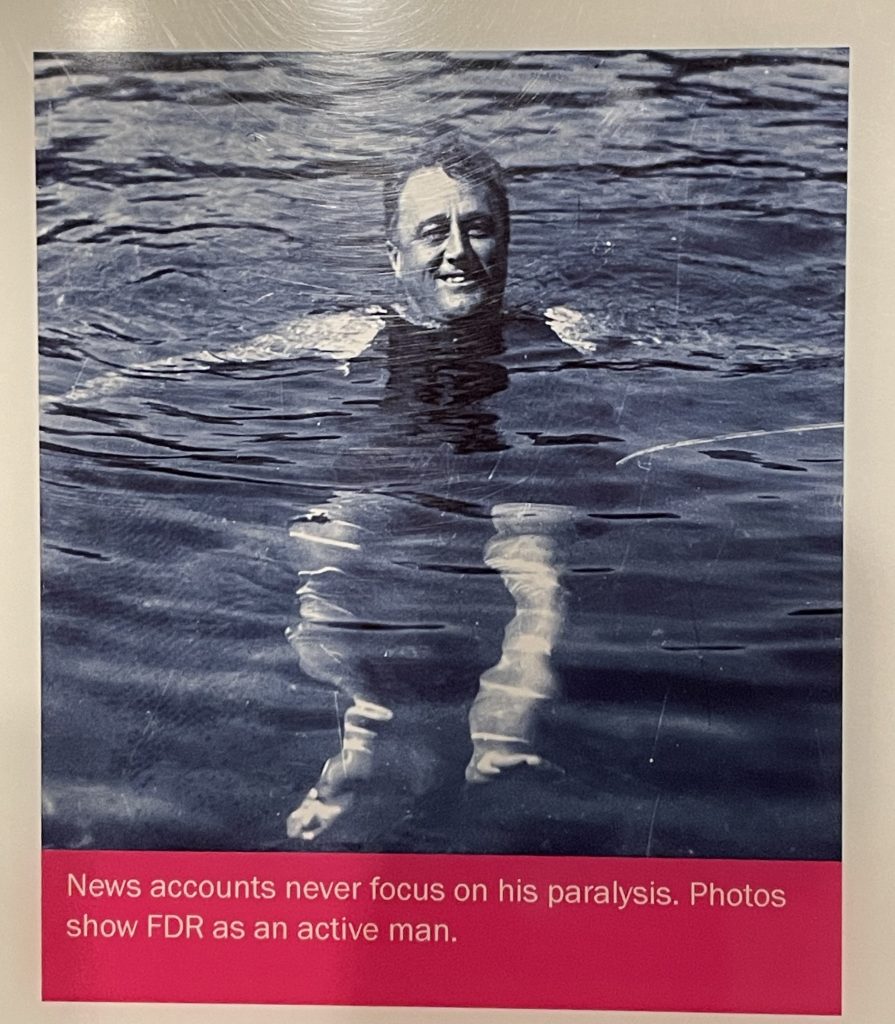
FDR was an active and fit 39-year-old man when he contracted polio in 1921. Like many who contracted the disease, he wound up paralyzed from the waist down.
He initially considered this to be the death knell on his political ambitions, as being wheelchair-bound would be seen as a sign of weakness at that time.
FDR went through great lengths to appear mobile, wearing very painful metal braces and propping himself up on his neighbors to look as though he was standing.
He is often pictured looking active, but when you know the truth you see how it is staged (see the cover photo, for instance). It is inconceivable to think of the media working with a president in this way today.
FDR really believed he could exercise his way out of paralysis and tried many ways to heal himself over the years.
One of the attempts was a visit to Warm Springs in October 1924. Here, the permanent 88° F natural spring provided water that relieved the pain. The natural buoyancy of the mineral-heavy water also helped him feel as though his muscles were working again.
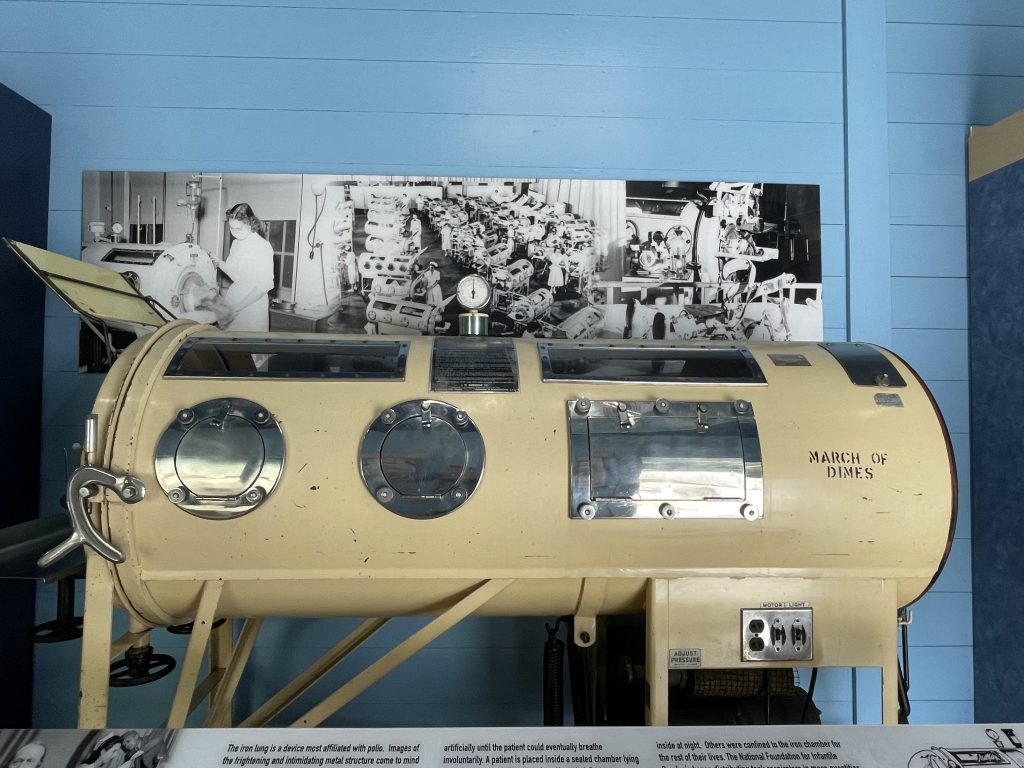
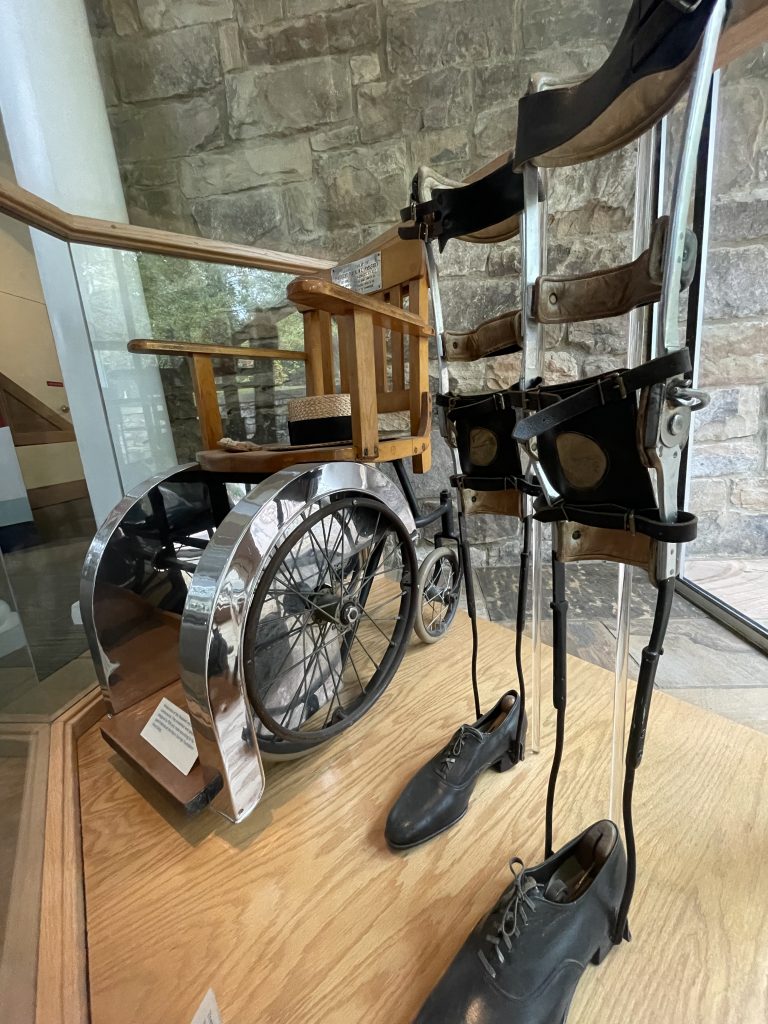
The former resort built at the springs was in a state of disrepair at the time of FDR’s visit. It had been a popular destination in the 1800s and early 1900s as an escape from Atlanta, but the popularization of the automobile meant people started going elsewhere.
However, FDR was so enthralled with his experience that he purchased the resort and 1,700 acres in 1927, with the intention of creating a place of healing for others suffering with the disease.
The Warm Springs Foundation created what was for many years the only hospital devoted solely to the treatment of polio. The organization sponsored the “March of Dimes”, raising funds that would indeed find a vaccine for polio. FDR remained actively involved with the foundation for the rest of his life.
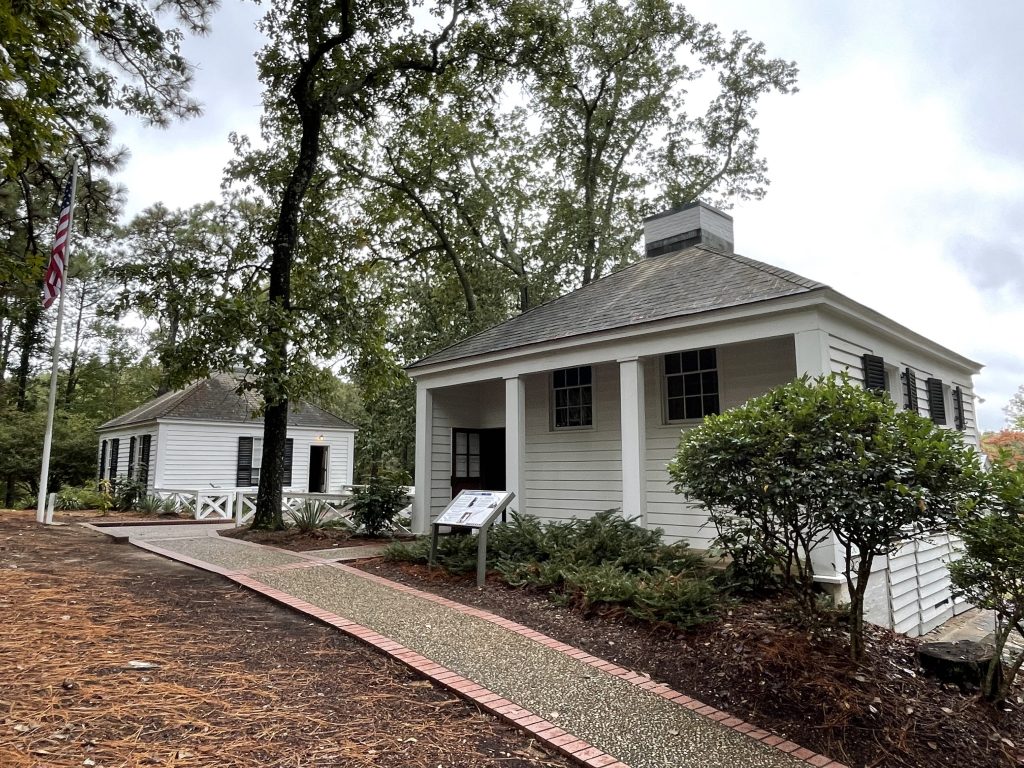
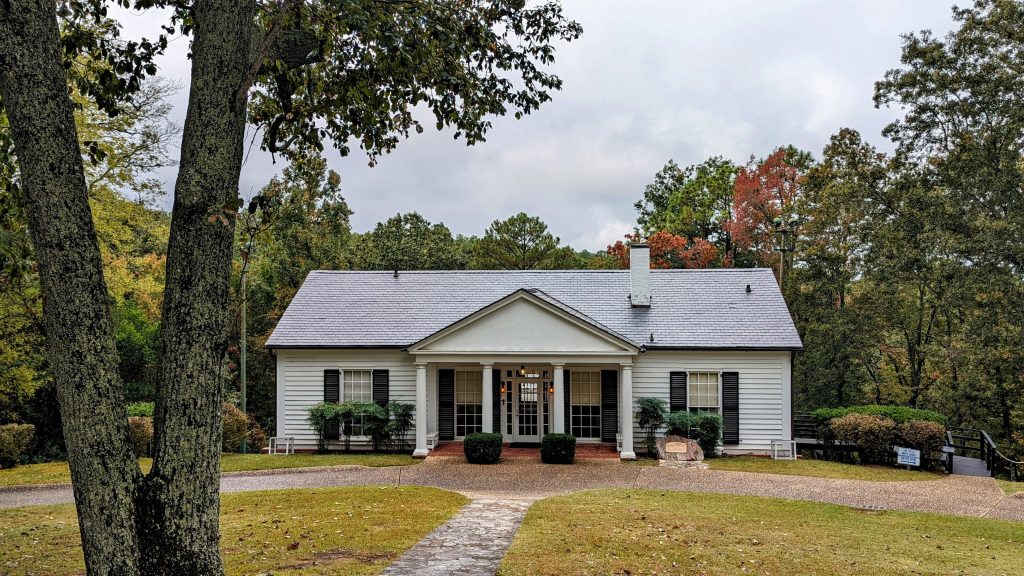
However, it needs to be said that the Warm Springs hospital did not admit African American polio victims, as it was legal to segregate based on race at health facilities at the time. In Roosevelt’s defense, the March of Dimes did at his urging open a polio clinic at the Tuskogee Institute in 1941.
After FDR won the presidency in 1932, he had a six-room Georgia pine house built on the property, which became known as the Little White House. He made 16 trips there during his presidency, each visit usually lasting two to three weeks. Three months into his fourth term as President, he died at this house on April 12, 1945, suffering a stroke while sitting for his portrait.
The house, a guest house, and servants’ quarters are all open for visits today, preserved as FDR left them on the day he died.
There’s also a museum, and a “Legacy Exhibit” that showcases the unfinished portrait by painter Elizabeth Shoumatoff for which FDR was sitting at the moment he was stricken. The site opened in 1948 and is operated by the State of Georgia.
Per the National Park Service, the “Roosevelt Warm Springs Institute, adjacent to the Little White House, is managed by the Department of Labor and is a vocational rehabilitation center treating persons with head, neck, and back injuries, any type of joint or muscle disorder, stroke patients, arthritis, post-polio syndrome and a wide range of birth defects.”
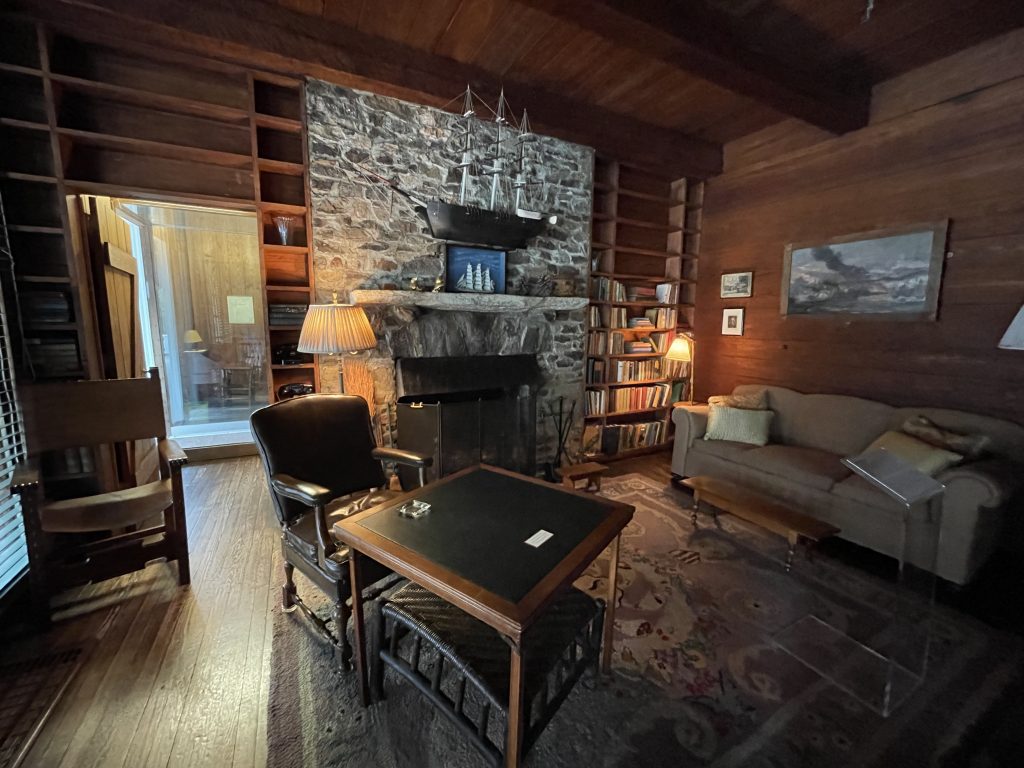
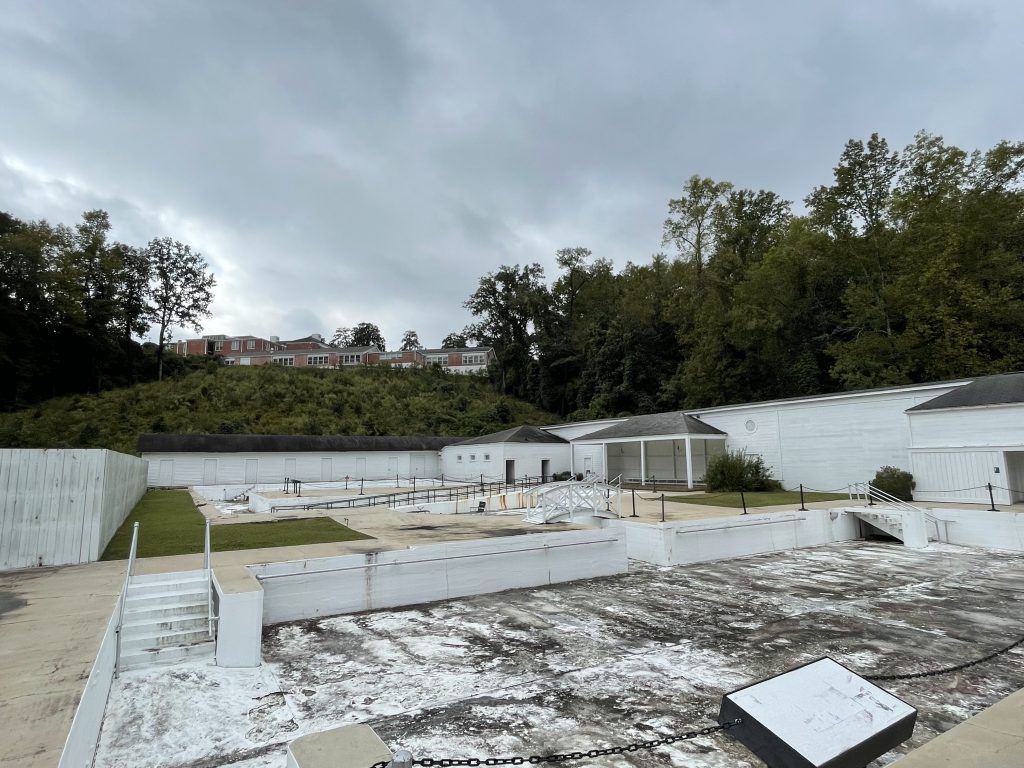
Nearby is the Historic Pools Museum, where you can see the pools that FDR and other polio patients took their exercise in through 1942, when an indoor pool was built on the main campus. Today they are empty of water and very much in need of repair.
Through FDR’s visits to the area, where he saw real poverty in his neighbors, he was influenced to create the New Deal programs, including the Rural Electrification Administration, which brought electric power to rural areas at affordable rates, and the Civilian Conservation Corps. It is not an exaggeration to say that FDR’s association with Warm Springs had a huge impact on our country as a whole.
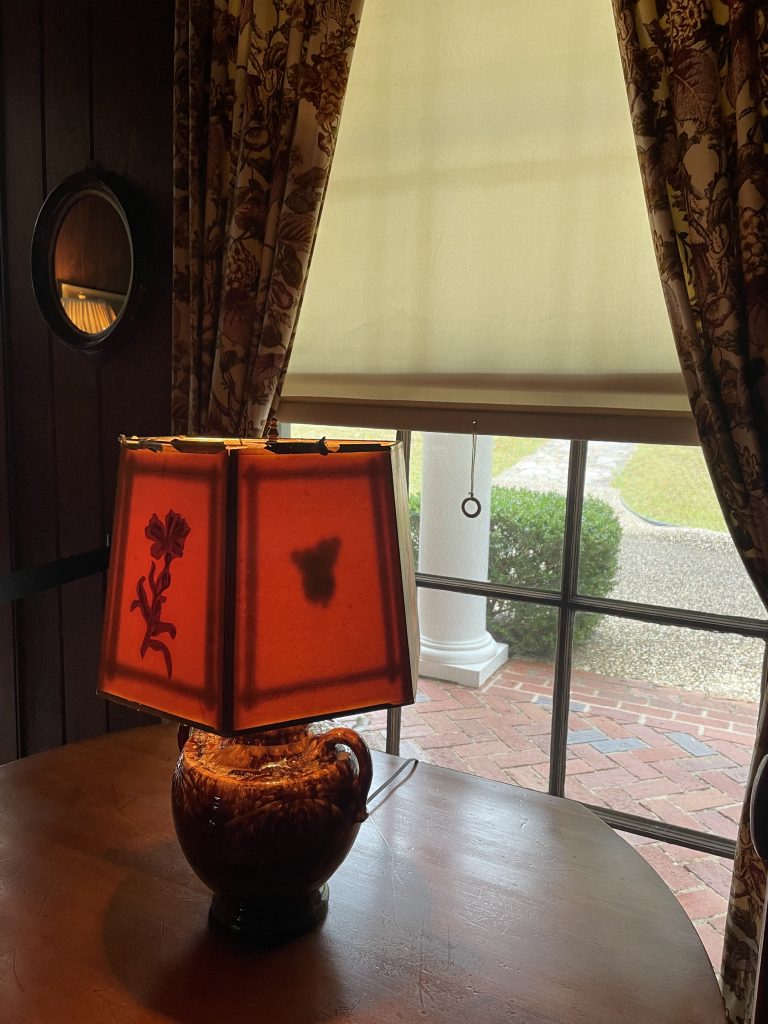
After our visit to this site I read Warm Springs: Traces of a Childhood at FDR’s Polio Haven#AD by Susan Richards Shreve.
It’s a very interesting account of someone who lived at Warm Springs in the 1950s from ages 11 to 13, having surgeries aimed at helping her to recover from polio. It was a place where she finally felt normal and fit in, though many of the patients were much worse off than she was. Although FDR was long gone at this point, his influence was everywhere felt.
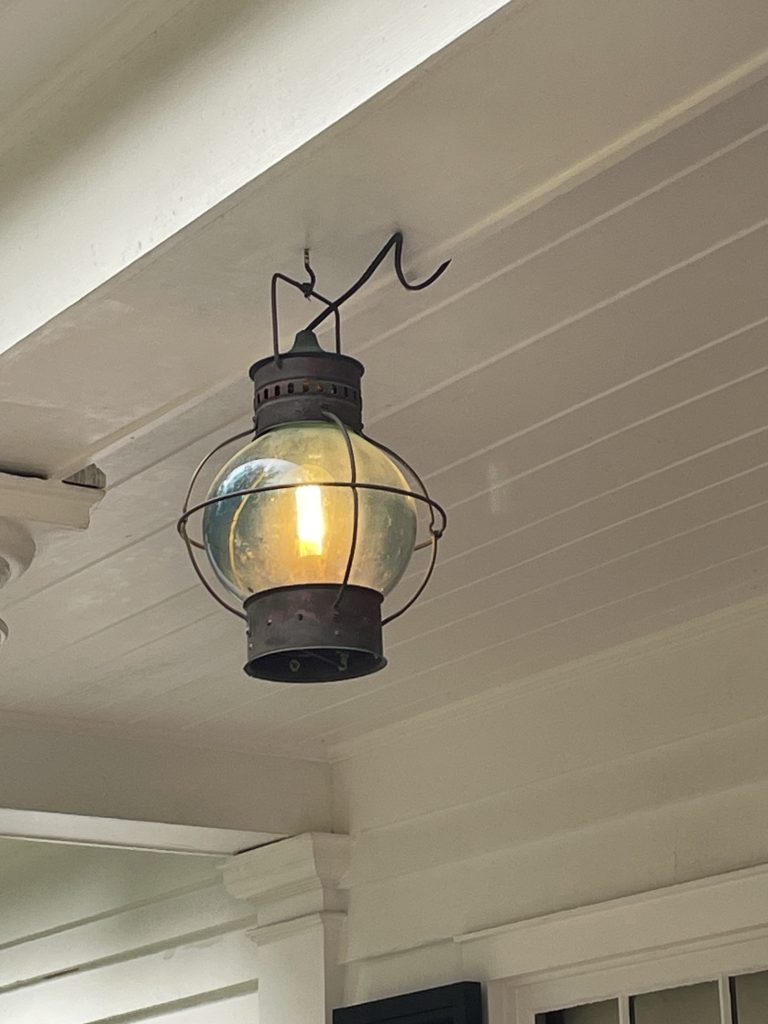
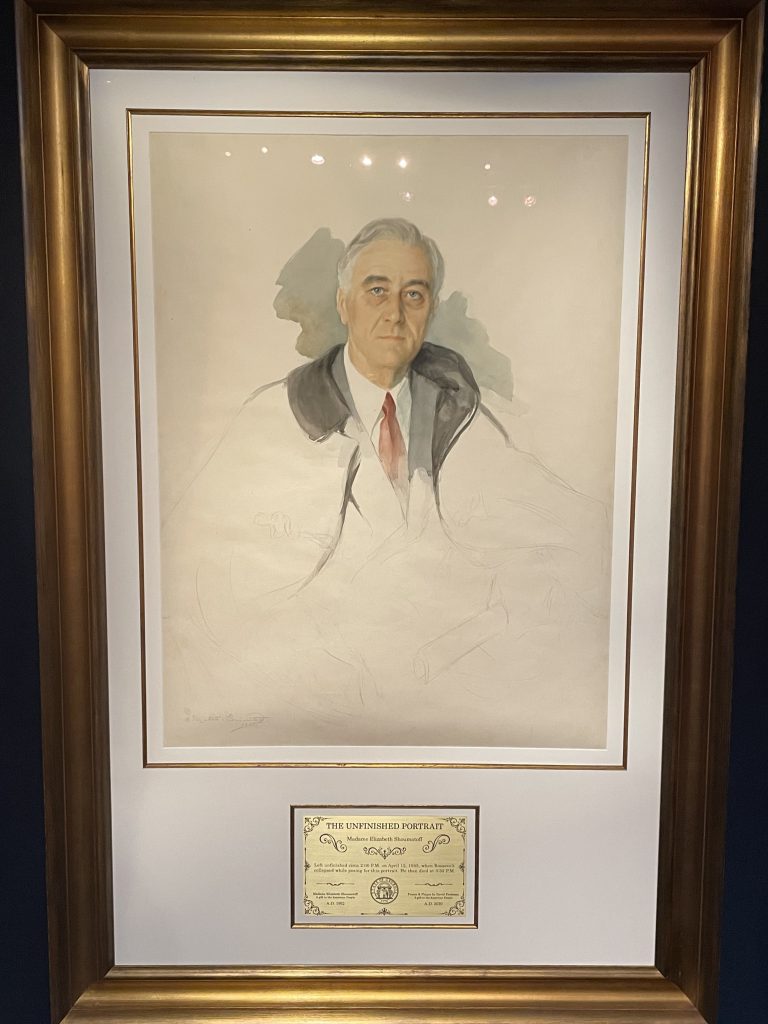
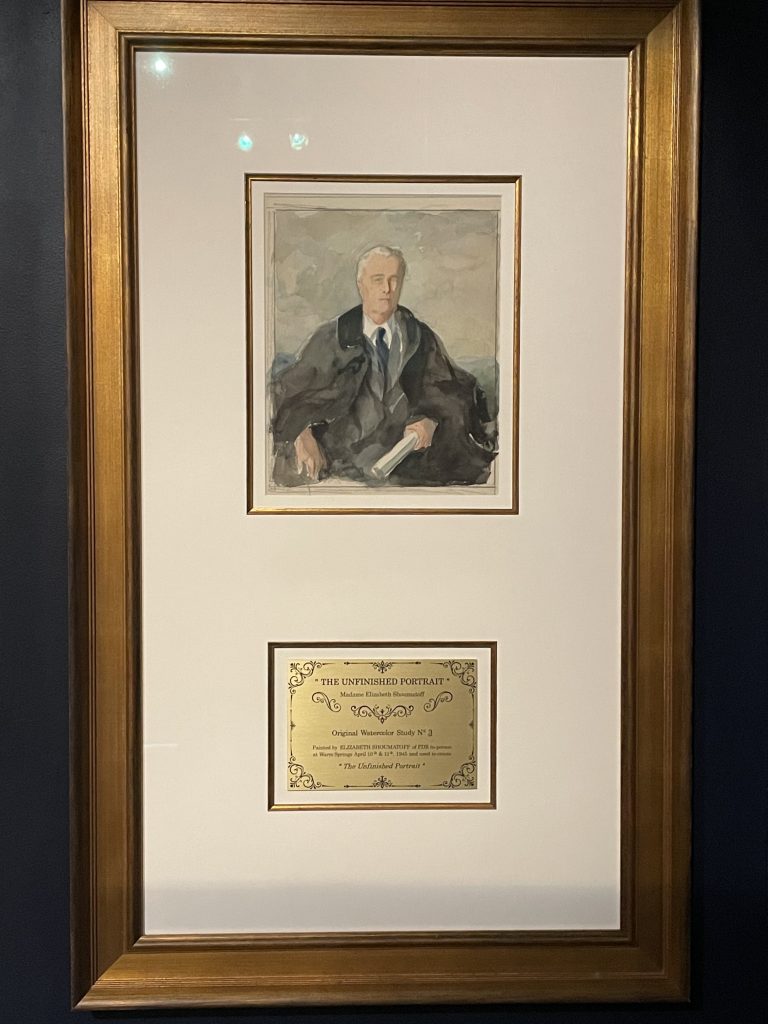
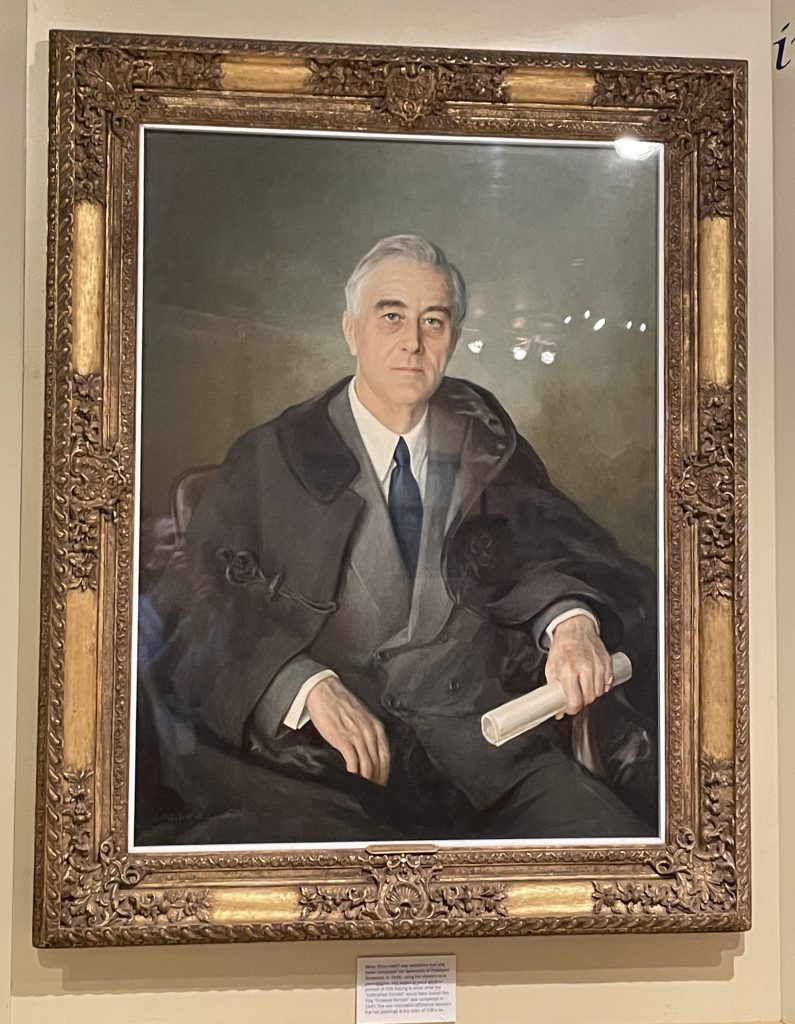

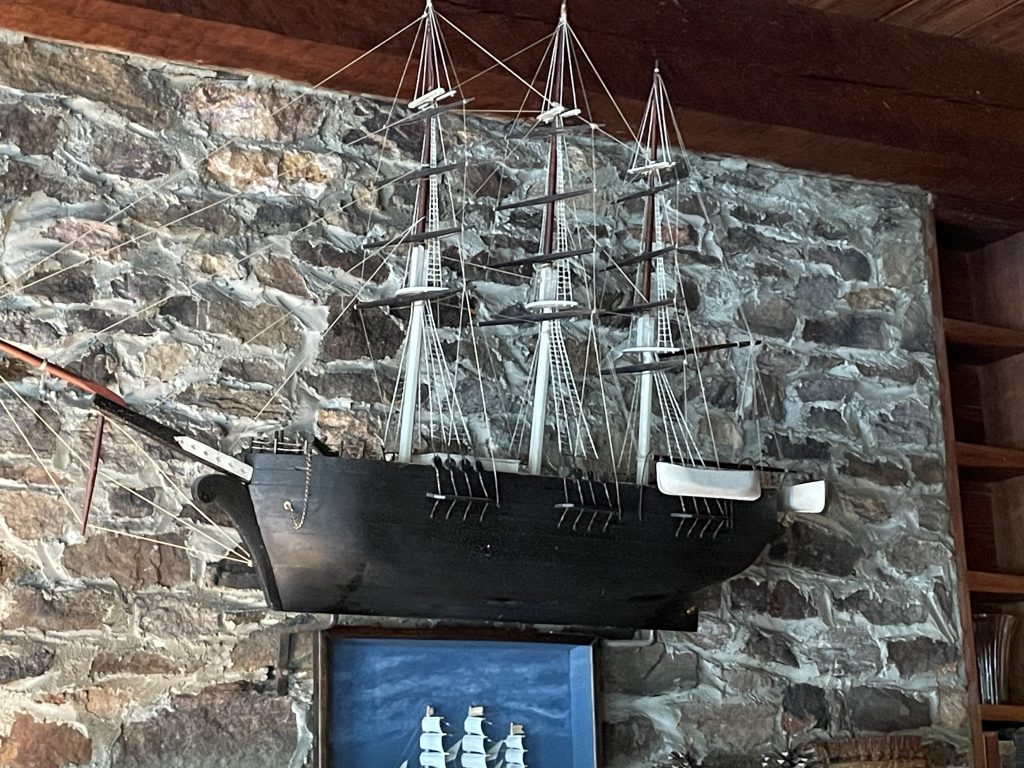
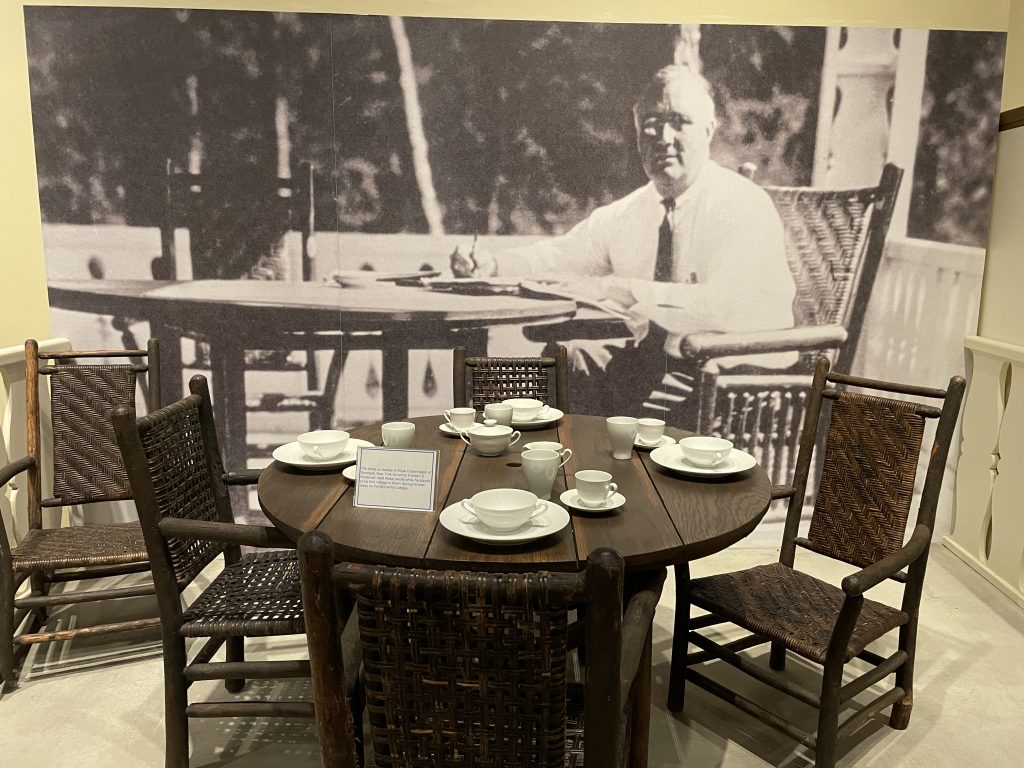
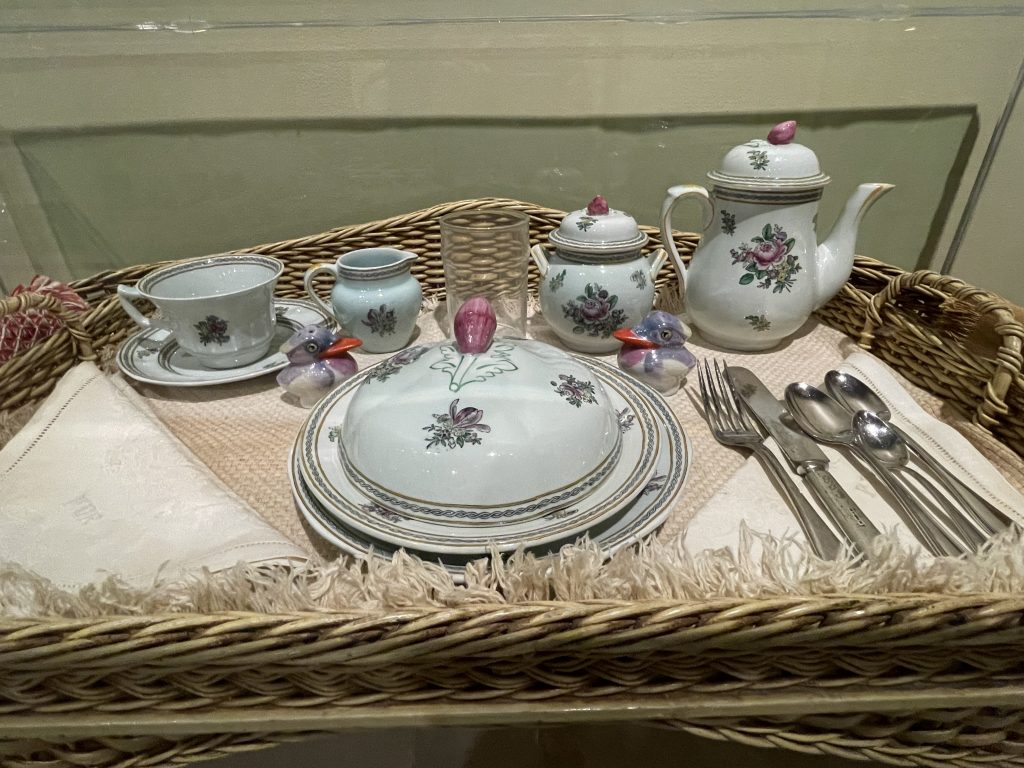
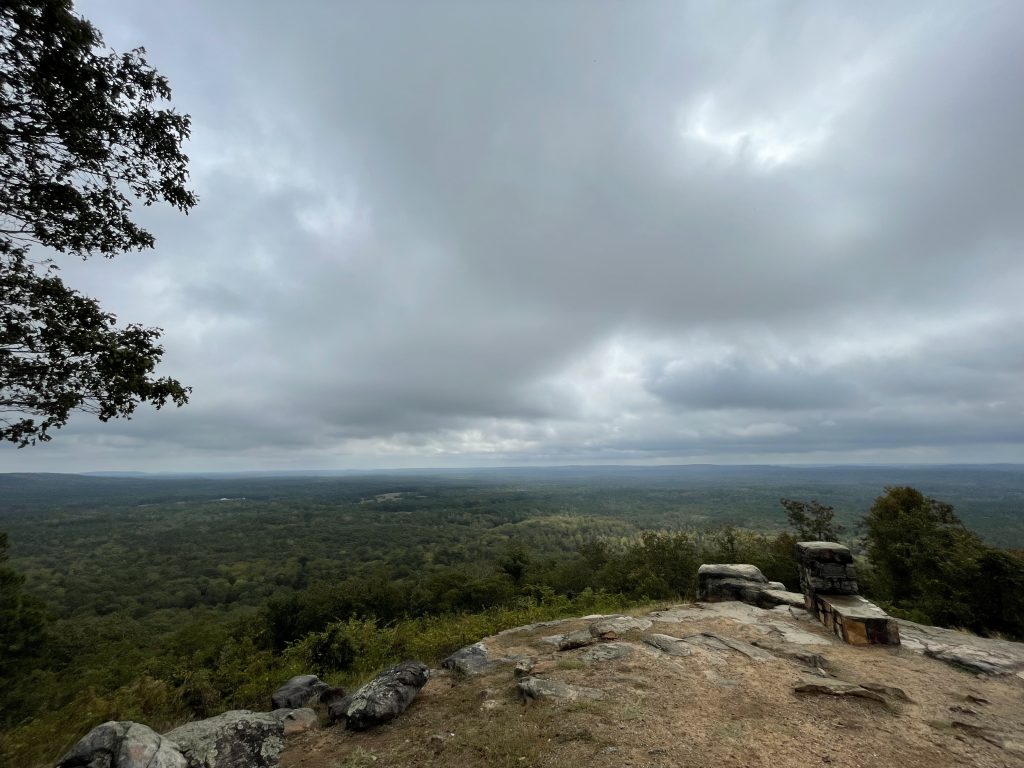
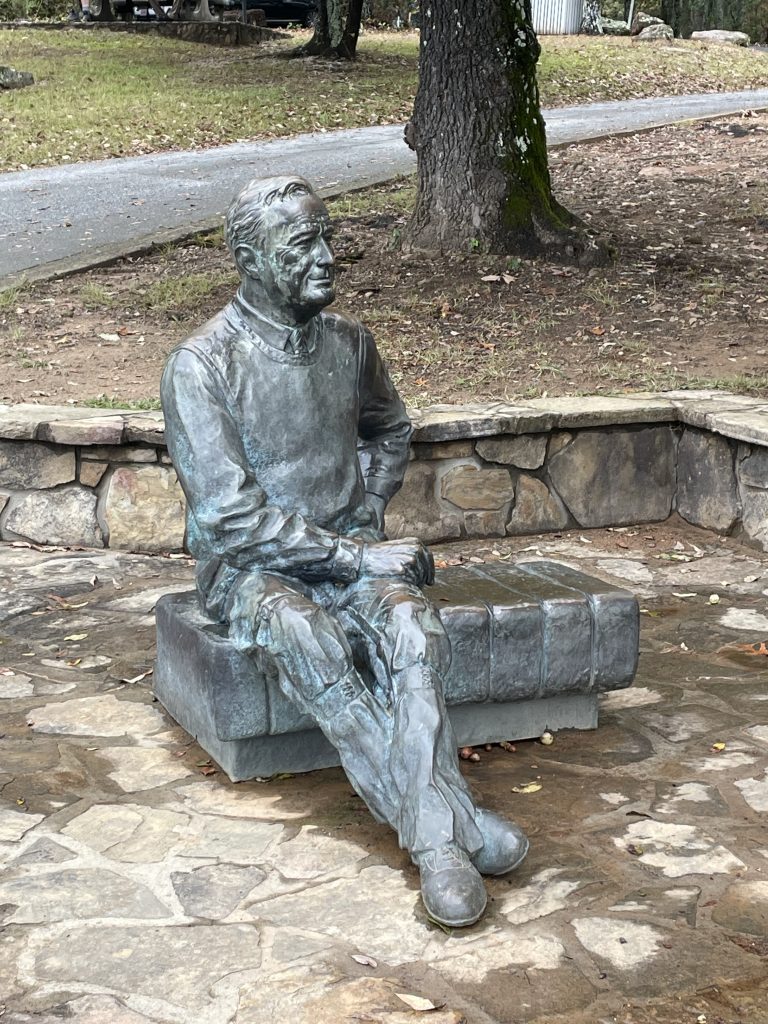
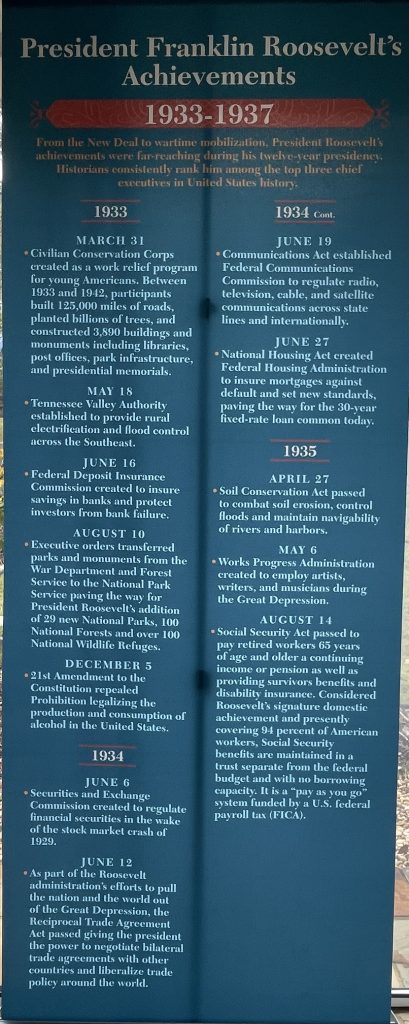
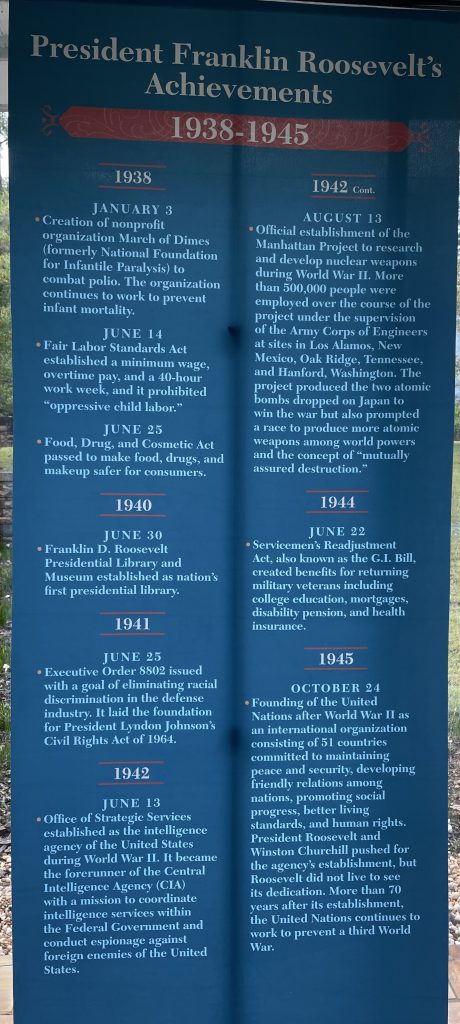





This post on FDR was most interesting and informative. I see that he was considered one of the top 3 US presidents… makes me wonder who were the top 2?
Thanks for all your time & effort in creating these posts, Jen and Doug… I love following your adventures through them!
Lincoln and Washington are generally considered #1 and #2.